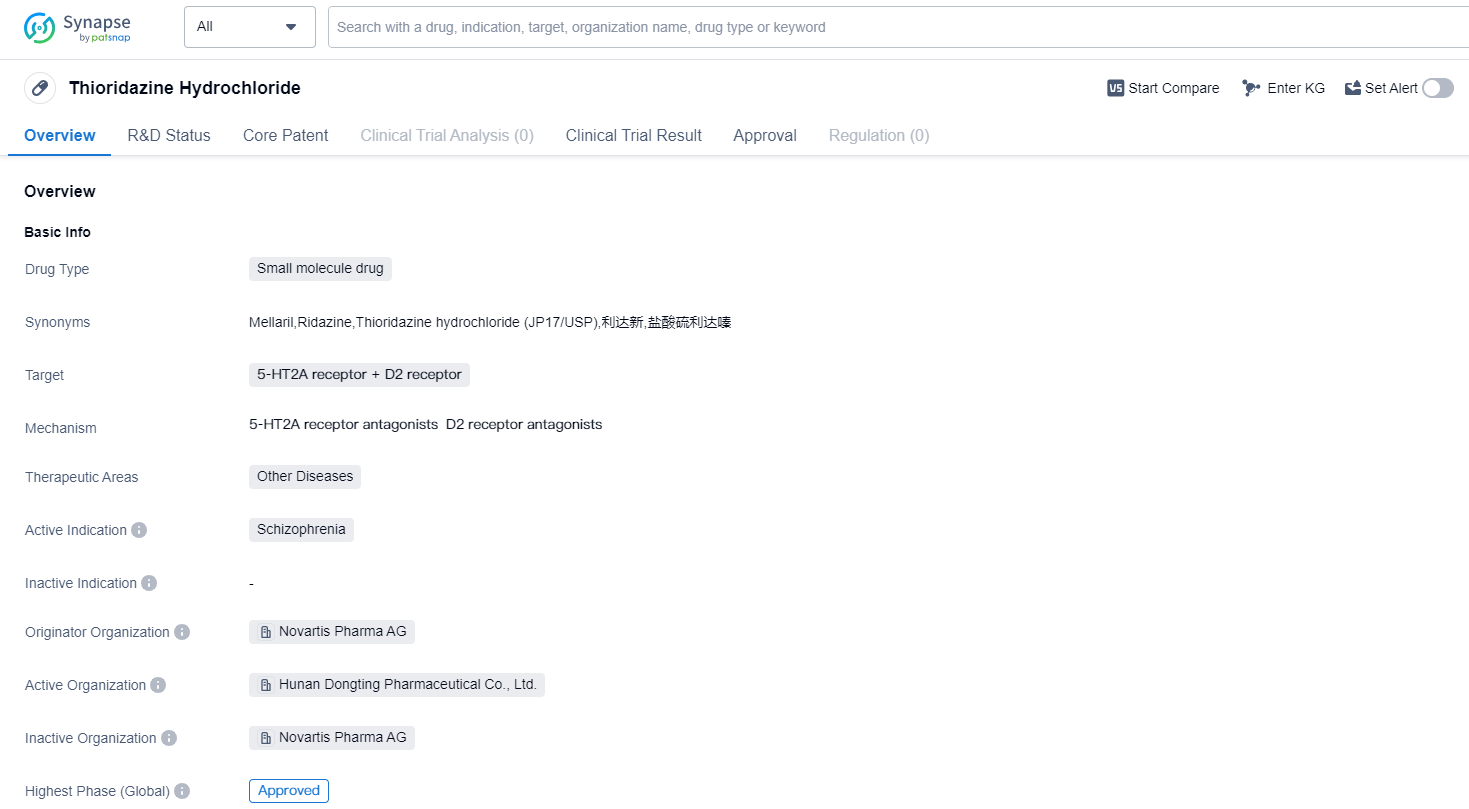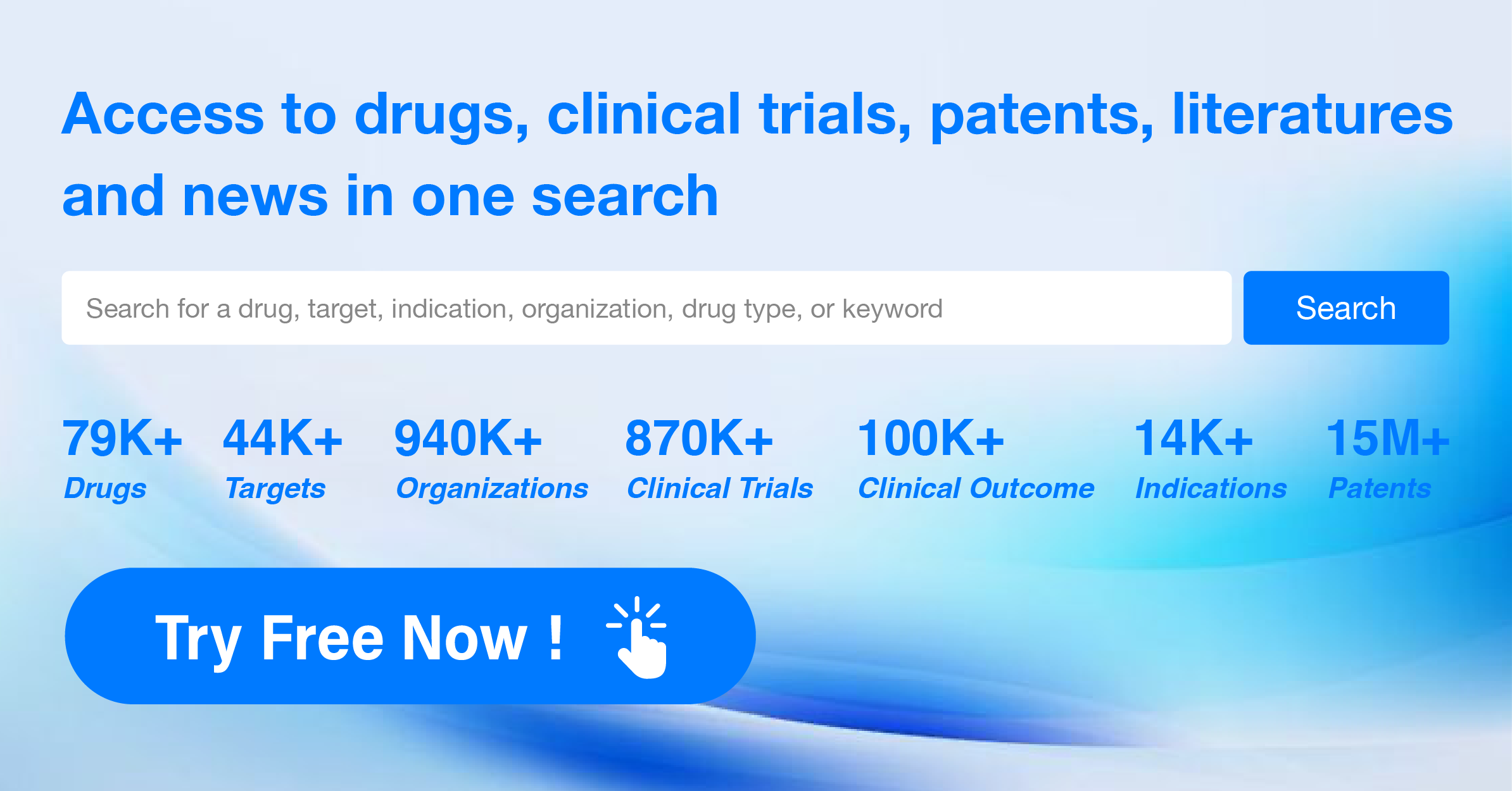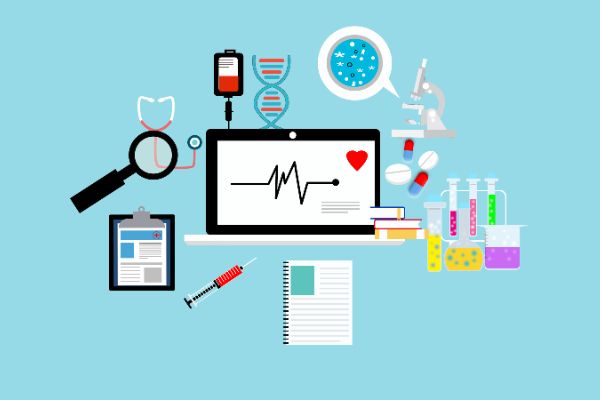An In-depth Analysis of thioridazine hydrochloride's R&D Progress and Mechanism of Action on Drug Target
Thioridazine hydrochloride's R&D Progress
Thioridazine Hydrochloride is a small molecule drug that targets the 5-HT2A receptor and D2 receptor. It is primarily used for the treatment of schizophrenia, a mental disorder characterized by abnormal social behavior and a failure to understand reality. The drug falls under the therapeutic area of Other Diseases.
Thioridazine Hydrochloride was first approved for use in the United States in March 1962. It is manufactured by Novartis Pharma AG, a renowned pharmaceutical company. The drug has since received approval in various countries globally, indicating its widespread recognition and acceptance in the medical community.
The drug's mechanism of action involves blocking the activity of the 5-HT2A receptor and D2 receptor. By doing so, it helps to regulate the levels of certain neurotransmitters in the brain, such as serotonin and dopamine, which are believed to play a role in the development of schizophrenia symptoms.
The approval of Thioridazine Hydrochloride for treating schizophrenia is a testament to its effectiveness and safety. It has been subjected to rigorous clinical trials and has shown promising results in managing the symptoms of this mental illness. Being a small molecule drug, it probably has a clearly defined chemical structure, which could make it simpler to produce and administer. This attribute may make it more readily available and accessible in various parts of the world.
👇Please click on the image below to directly access the latest data (R&D Status | Core Patent | Clinical Trial | Approval status in Global countries) of this drug.
Mechanism of Action for thioridazine hydrochloride: 5-HT2A receptor antagonists D2 receptor antagonists
From a biomedical perspective, 5-HT2A receptor antagonists are drugs that block the activity of the 5-HT2A receptor, which is a subtype of the serotonin receptor. These antagonists inhibit the binding of serotonin to the 5-HT2A receptor, thereby reducing its activation. This receptor is primarily found in the central nervous system and is involved in various physiological processes, including mood regulation, cognition, and sensory perception. By blocking the 5-HT2A receptor, these antagonists can have therapeutic effects in conditions such as schizophrenia, depression, and anxiety.
D2 receptor antagonists, on the other hand, are drugs that block the activity of the D2 receptor, which is a subtype of the dopamine receptor. These antagonists inhibit the binding of dopamine to the D2 receptor, leading to a decrease in its activation. The D2 receptor is widely distributed throughout the central nervous system and plays a crucial role in the regulation of motor control, reward, and emotional processing. By blocking the D2 receptor, these antagonists can be used in the treatment of various conditions, including psychosis, schizophrenia, and certain movement disorders such as Parkinson's disease.
Both 5-HT2A receptor antagonists and D2 receptor antagonists are commonly used in pharmacotherapy to modulate neurotransmitter signaling and treat psychiatric and neurological disorders.Drug Target R&D Trends for thioridazine hydrochloride
The 5-HT2A receptor and D2 receptor play crucial roles in the human body. The 5-HT2A receptor is a subtype of serotonin receptor found in the central nervous system. Activation of this receptor is associated with various physiological and psychological processes, including mood regulation, cognition, and perception. On the other hand, the D2 receptor is a subtype of dopamine receptor primarily found in the brain. It is involved in the regulation of motor control, reward, and motivation. Dysfunction or imbalance of these receptors has been implicated in various psychiatric disorders, such as depression, schizophrenia, and addiction. Understanding the role of these receptors is essential for developing targeted pharmaceutical interventions to treat these conditions.
According to Patsnap Synapse, as of 12 Sep 2023, there are a total of 69 5-HT2A receptor + D2 receptor drugs worldwide, from 132 organizations, covering 66 indications, and conducting 2616 clinical trials.
Overall, the target 5-HT2A receptor + D2 receptor presents a competitive landscape with diverse companies, indications, drug types, and countries/locations. The future development of this target holds promise for advancing treatment options in various psychiatric and neurological disorders.
👇Please click on the picture link below for free registration or log in directly if you have a freemium account, you can browse the latest research progress on drugs, indications, organizations, clinical trials, clinical results, and drug patents related to this target
Conclusion
In summary, Thioridazine Hydrochloride is a small molecule drug that targets the 5-HT2A receptor and D2 receptor. It is primarily used for the treatment of schizophrenia and has been approved for use since 1962 in the United States. Manufactured by Novartis Pharma AG, this drug has gained global recognition and acceptance, indicating its efficacy and safety in managing schizophrenia symptoms.






